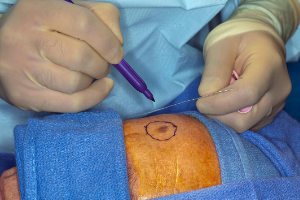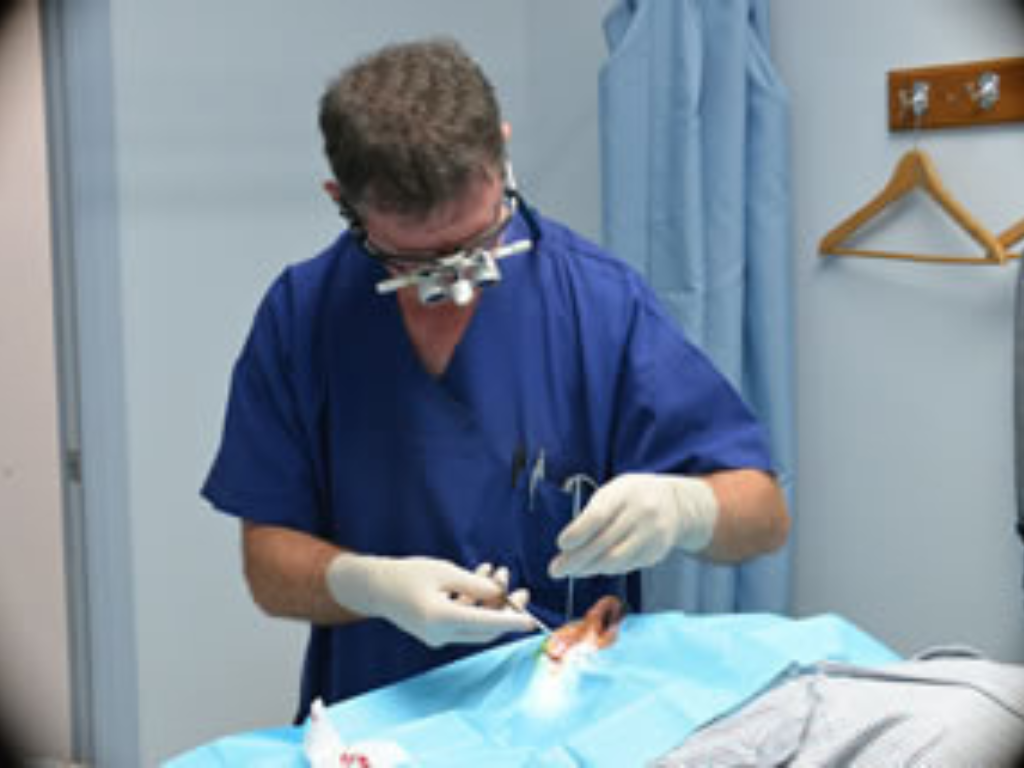How are different types of skin cancer treated?
If you are diagnosed with skin cancer, what treatment options are available to you? In this short video, Dr James Haslam explains the three most common types of skin cancer – melanoma, squamous cell carcinoma (SCC), and basal cell carcinoma (BCC) – and walks through the different treatment approaches for each, including topical or non-surgical therapies and surgical excision.
Can skin cancer spread if not treated early?
Melanoma can spread to other parts of the body and become fatal if not detected and treated early.
SCCs can also spread, but this usually happens much later than with melanomas.
BCCs don’t have the ability to metastasise but they can significantly affect nearby tissue, which can be a big problem in areas such as the face.
Where do skin cancers develop?
While melanomas can develop anywhere on the skin, Dr Haslam says that BCCs and SCCs usually occur on sun-exposed areas of the body.
How are skin cancers treated?
Dr Haslam says that generally there are two types of treatments for skin cancer: those that don’t involve surgery and those that do.
Non-surgical treatment options
The so-called “non-melanoma skin cancers” (SCC and BCC) can usually be treated non-surgically or with minimally invasive surgery. Non-surgical treatment options are usually suitable for non-melanoma skin cancers that are in their earliest stages, affecting only the top layer of skin without spreading.
Non-surgical treatments can include cryotherapy (freezing) or topical creams that stop the skin cancer from getting worse or to get rid of early skin cancers.
Surgical treatment
Surgical treatments, on the other hand, are used to manage skin cancers that can’t be treated with non-surgical methods. These include melanomas and advanced non-melanoma skin cancers.
Surgery itself can be done in different ways. It may be possible to shave or scrape the lesion away, but in many cases the tumour and a small margin of healthy tissue around it need to be cut out.
Watch the full video with Dr James Haslam:


